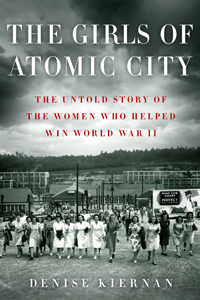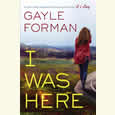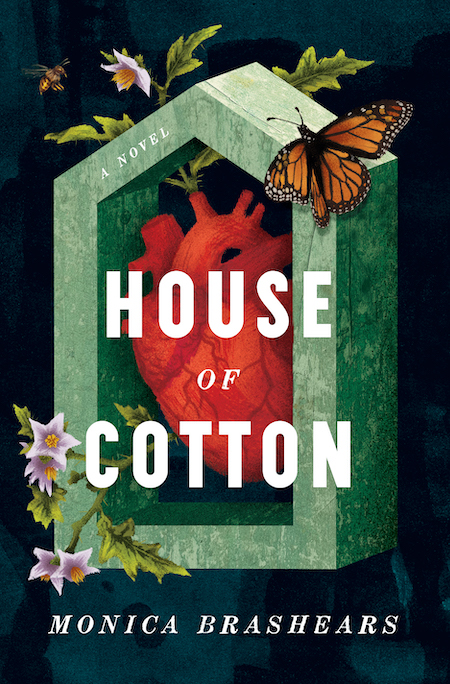The Oak Ridge Girls
Denise Kiernan’s new book exposes the secret lives of the Tennessee women who unknowingly built the first nuclear bombs
Denise Kiernan’s engaging new book, The Girls of Atomic City: The Untold Story of the Women Who Helped Win World War II, explores the human side of the story of Oak Ridge, Tennessee, one of the best-kept secrets in the saga of how the United States built the first nuclear weapons. The U.S. government brought thousands of workers, including scores of young women, from around the country to work in a town that was constructed almost overnight. But Oak Ridge and its sprawling facility were invisible to any map until the end of the war in 1945, when its deadly mission was finally revealed not only to the American public but also to the workers themselves. “Tubealloy” was a code name for uranium. Workers—as many as 75,000—were unknowingly helping to develop the atomic bomb.
 Recruits to the Clinton Engineer Works were promised opportunity and steady, good-paying work at a time when many Americans were struggling. For women in particular, Oak Ridge offered not only a way to help the war effort, but a path to a different kind of life that included educational or professional opportunities they might not have otherwise. From farms and small towns, women came to Oak Ridge filled with hope for a solid job, a bit of adventure, and perhaps a chance at romance. “The Project liked high school girls, especially those from rural backgrounds,” Kiernan writes.
Recruits to the Clinton Engineer Works were promised opportunity and steady, good-paying work at a time when many Americans were struggling. For women in particular, Oak Ridge offered not only a way to help the war effort, but a path to a different kind of life that included educational or professional opportunities they might not have otherwise. From farms and small towns, women came to Oak Ridge filled with hope for a solid job, a bit of adventure, and perhaps a chance at romance. “The Project liked high school girls, especially those from rural backgrounds,” Kiernan writes.
The Girls of Atomic City vividly brings to life the day-to-day details of living in a hastily constructed town. There are rules and guards at every turn. Despite cramped quarters, poor food, and few leisure activities, life goes on. Shoes are lost in the seemingly endless mud, and women resort to walking barefoot through the gunk, heels held high over their heads. In a town filled with twenty-somethings, marriages and babies were part of the picture. Kiernan quotes one young woman’s explanation for her apparent lack of curiosity about the nature of the work she was doing: “Then we started stewing about the furnace and the mud and the [baby]sitter problem—and forgot all about the project.”
What, exactly, is “The Project”? Kiernan emphasizes the dedication required to meet deadlines imposed by the government when workers had no clear idea of what they were working on, and the level of stress that ensued. Sworn to absolute secrecy, with the threat of dismissal if they questioned or spoke about their work, Oak Ridge employees understood only that what they were doing would help bring an end to the war. From secretaries to nurses and chemists, the book teems with the heady optimism and steadfast commitment these women shared with their coworkers. No one asked questions.
 Kiernan strives to place these stories in a broader historical context and show how other women, also overlooked by history, were an essential part of the development of the bomb, including German chemist and physicist Ira Noddack, in 1943 the first to discuss the idea of nuclear fission, and physicist Lise Meitner, part of the team that discovered fission but did not share in the Nobel Prize. Kiernan also touches upon the complicated issues of race at Oak Ridge. Housing was segregated, and African-American married couples were not allowed to live as families. The story of Kattie, an African-American woman who sent money home to her children back in Alabama, is poignant, and the story of an injured black worker who unknowingly became a human guinea pig for testing the effect of plutonium on the human body is devastating.
Kiernan strives to place these stories in a broader historical context and show how other women, also overlooked by history, were an essential part of the development of the bomb, including German chemist and physicist Ira Noddack, in 1943 the first to discuss the idea of nuclear fission, and physicist Lise Meitner, part of the team that discovered fission but did not share in the Nobel Prize. Kiernan also touches upon the complicated issues of race at Oak Ridge. Housing was segregated, and African-American married couples were not allowed to live as families. The story of Kattie, an African-American woman who sent money home to her children back in Alabama, is poignant, and the story of an injured black worker who unknowingly became a human guinea pig for testing the effect of plutonium on the human body is devastating.
This is a book that casts a wide net. Kiernan profiles many women, each one fascinating, but at times the stories blur. The book’s parallel narrative reveals the more scientific aspects of the bomb’s development, allowing Kiernan to bring in “The General” (General Leslie Groves) and “The Scientist” (J. Robert Oppenheimer). The juxtaposition of the two storylines seems jarring at times but contributes to a fuller understanding of the role Oak Ridge played in the events that led to the end of one war and the start of another.
The heart of the book lies in this dilemma. The bombs that were dropped on Hiroshima and Nagasaki killed tens of thousands of Japanese and eventually led to the Cold War and the development of the U.S. nuclear arsenal that included sites around the country such as Hanford and Rocky Flats. How was the government able to accomplish this enormous secret operation, and to what benefit? At what long-term cost? How do we, individually and as a country, face the legacy of our nuclear weapons program in human and environmental terms? “For many, knowing they had been part of helping end the war was enough,’’ Kiernan writes. “For others, knowing was too much.” The Girls of Atomic City is an expose and a fascinating story of a secret town in which women played a crucial role. Should we have asked more questions then? Should we ask more questions now? Kiernan gently raises questions that continue to haunt us today.
[This review appeared originally on April 22, 2013.]
Kristen Iversen directs the M.F.A. program in creative writing at the University of Memphis. Her most recent book is Full Body Burden: Growing up in the Nuclear Shadow of Rocky Flats.
Denise Kiernan will discuss The Girls of Atomic City: The Untold Story of the Women Who Helped Win World War II at at the twenty-fifth annual Southern Festival of Books, held in Nashville October 11-13. All festival events are free and open to the public.


